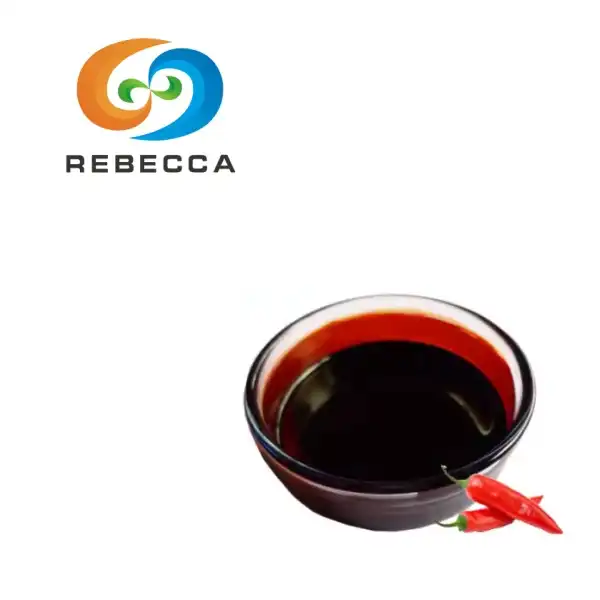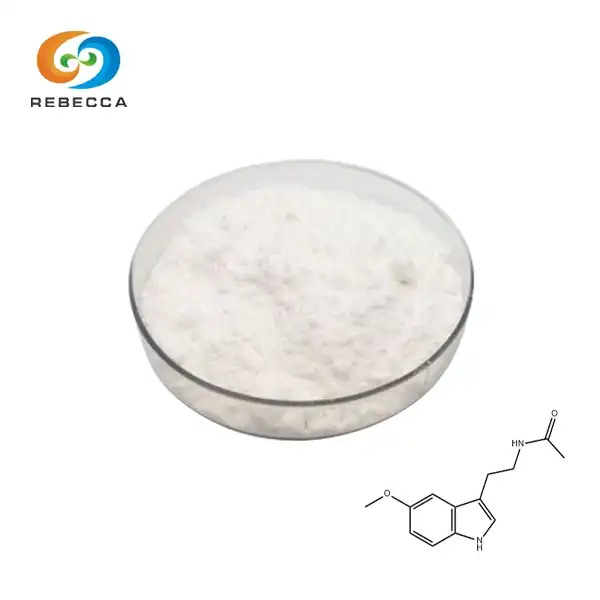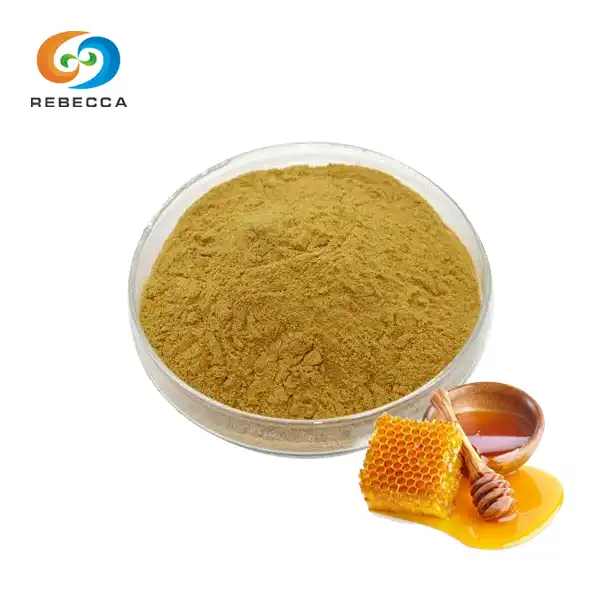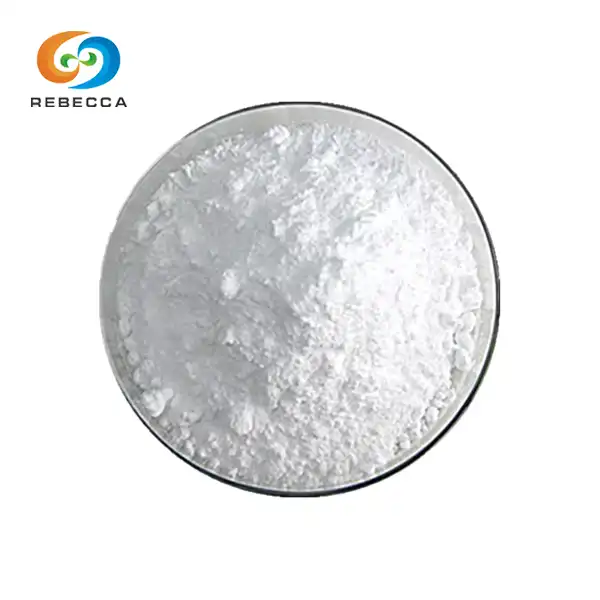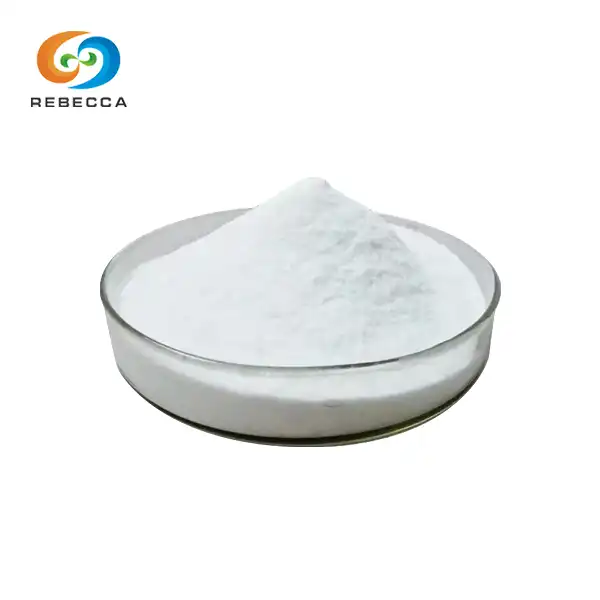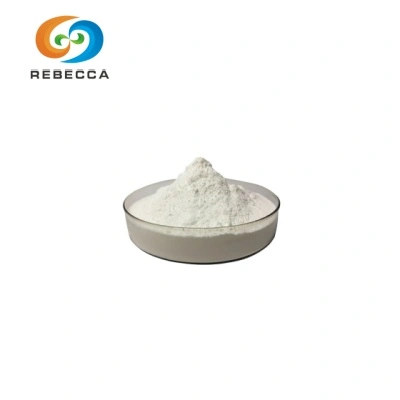How to control the quality of echinacea purpurea herb extract?
Echinacea Purpurea Herb Extract has gained significant popularity in recent years due to its potential health benefits, particularly in supporting immune function. As consumers become more health-conscious, ensuring the quality of this herbal extract is paramount. In this comprehensive guide, we'll explore the various aspects of quality control for Echinacea Extract, including evaluation standards, measurement techniques, and proper storage methods.
What Standards Are Used to Evaluate Echinacea Purpurea Herb Extract Quality?
The quality of Echinacea extract is evaluated using several standards and methods to ensure its efficacy and safety. These standards are crucial for maintaining consistency and reliability in herbal products.
1. Identification and Authentication: The first step in quality control is proper identification of the plant material. This involves botanical authentication to ensure that the extract is indeed derived from Echinacea purpurea and not from other related species or adulterants. Techniques such as macroscopic and microscopic examination, as well as DNA barcoding, are employed for this purpose.
2. Chemical Profiling: The chemical composition of Echinacea Purpurea Herb Extract is analyzed to identify and quantify key bioactive compounds. High-Performance Liquid Chromatography (HPLC) and Mass Spectrometry (MS) are commonly used for this purpose. The presence and concentration of marker compounds such as cichoric acid, echinacoside, and alkamides are assessed.
3. Contaminant Testing: Quality control measures include testing for potential contaminants such as heavy metals, pesticide residues, and microbial contamination. These tests ensure that the extract meets safety standards for consumption.
4. Standardization: To ensure batch-to-batch consistency, manufacturers often standardize their extracts to contain specific levels of key compounds. This process involves adjusting the concentration of active ingredients to fall within a predetermined range.
5. Good Manufacturing Practices (GMP): Adherence to GMP guidelines is essential for maintaining quality throughout the production process. This includes proper documentation, hygiene practices, and quality assurance at every stage of production.
How Is the Bioactive Content in Echinacea Purpurea Herb Extract Measured?
Measuring the bioactive content in Echinacea Purpurea Herb Extract is crucial for assessing its potency and effectiveness. Several methods are employed to quantify the key compounds responsible for the extract's therapeutic properties.
1. High-Performance Liquid Chromatography (HPLC): HPLC is the gold standard for measuring bioactive compounds in Echinacea extracts. This technique separates and quantifies various components based on their interaction with a stationary phase. It's particularly useful for measuring phenolic compounds like cichoric acid and echinacoside.
2. Mass Spectrometry (MS): Often used in conjunction with HPLC, mass spectrometry provides detailed structural information about the compounds present in the extract. This technique is especially valuable for identifying and quantifying complex molecules like alkamides.
3. Spectrophotometric Methods: These methods are used to measure total phenolic content and antioxidant activity. While less specific than HPLC, they provide a quick and cost-effective way to assess overall extract quality.
4. Thin-Layer Chromatography (TLC): TLC is a simple yet effective method for qualitative analysis of Echinacea extracts. It can be used to create a "fingerprint" of the extract's chemical composition, which is useful for comparison between batches.
5. Bioassays: While not a direct measurement of chemical content, bioassays can be used to assess the extract's biological activity. These tests measure the extract's ability to stimulate immune cells or exhibit antioxidant properties, providing insight into its potential efficacy.
How Does Proper Storage Maintain the Quality of Echinacea Purpurea Herb Extract?
Proper storage is crucial for maintaining the quality and potency of Echinacea Purpurea Herb Extract over time. The bioactive compounds in the extract can degrade if not stored correctly, leading to reduced efficacy.
1. Temperature Control: Echinacea Purpurea Herb Extract should be stored at cool temperatures, typically between 15-25°C (59-77°F). Extreme temperatures can accelerate the degradation of bioactive compounds. Some manufacturers recommend refrigeration for liquid extracts to extend shelf life.
2. Protection from Light: Many of the active compounds in Echinacea are sensitive to light. Storing the extract in dark, opaque containers or in a dark place helps prevent photodegradation of these compounds.
3. Moisture Control: For powdered extracts, controlling moisture is crucial. Exposure to humidity can lead to clumping and potentially encourage microbial growth. Desiccants or moisture-absorbing packets are often used in packaging to maintain dryness.
4. Air-Tight Packaging: Oxidation can degrade the quality of Echinacea extracts. Using air-tight containers and minimizing exposure to air during storage and use helps preserve the extract's potency.
5. Handling Practices: Proper handling during use is also important. Using clean, dry utensils when dispensing the extract and avoiding contamination can help maintain its quality over time.
6. Expiration Dates: Adhering to expiration dates set by manufacturers is crucial. These dates are determined based on stability studies and indicate the period during which the extract maintains its potency under proper storage conditions.
Echinacea Purpurea Herb Extract For Sale
Quality control of Echinacea Purpurea Herb Extract involves a multifaceted approach, from rigorous evaluation standards and precise measurement techniques to careful storage practices. By adhering to these quality control measures, manufacturers and consumers alike can ensure the potency, safety, and efficacy of this valuable herbal extract.
Rebecca Bio-Tech is a leading manufacturer and supplier of high-quality natural herbal extracts, including Echinacea Purpurea Herb Extract. We operate three advanced production lines, producing over 100 products with an annual capacity exceeding 2,000 tons. For more product information, please contact us at information@sxrebecca.com to request samples, and detailed specifications or to discuss your custom requirements.
References:
- World Health Organization. (2011). Quality control methods for herbal materials.
- Bauer, R. (1999). Chemistry, analysis and immunological investigations of Echinacea phytopharmaceuticals. Immunomodulatory agents from plants, 41-88.
- Fennel, C. W., et al. (2004). Assessing African medicinal plants for efficacy and safety: pharmacological screening and toxicology. Journal of Ethnopharmacology, 94(2-3), 205-217.
- Blumenthal, M., et al. (1998). The complete German Commission E monographs: therapeutic guide to herbal medicines. American Botanical Council.
- World Health Organization. (2007). WHO guidelines on good manufacturing practices (GMP) for herbal medicines.
- Perry, N. B., et al. (2001). Chemotypes of Echinacea purpurea. Planta Medica, 67(05), 445-449.
